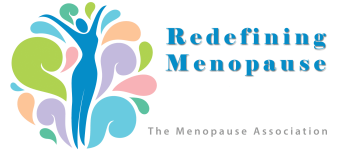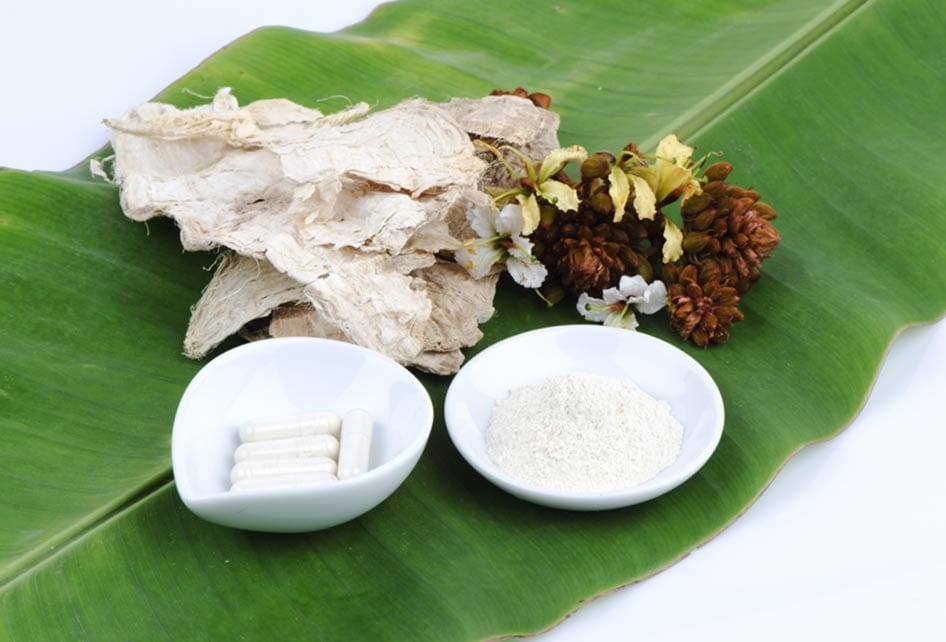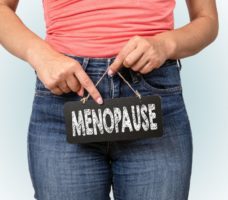 Believe it or not, there are women who go through and menopause without needing any support. One day their periods just stop. They do not experience the very common symptoms of sleep problems, hot flashes, and mood shifts. But for those who do—the majority—relief is often found using traditional women’s herbs.
Believe it or not, there are women who go through and menopause without needing any support. One day their periods just stop. They do not experience the very common symptoms of sleep problems, hot flashes, and mood shifts. But for those who do—the majority—relief is often found using traditional women’s herbs.
Traditional women’s herbs are phytohormones. They have what are known as adaptogenic, moisturizing, and tonifying effects. These effects are what results in relief of many menopausal symptoms. When an herb is adaptogenic (or an adaptogen) the effect it has differs, depending on your hormone levels. For example, if your own estrogen levels are too high (estrogen dominance), a phytoestrogen (plant-based estrogen) will exert a modulating effect to stabilize the cell and protect it from overstimulation. If your estrogen levels are too low, the same phytoestrogen will have a tonifying and moisturizing effect.
Phytoestrogens are found in more than 300 plants. Because of their adaptability, traditional herbs such as maca, Pueraria mirifica, and black cohosh—all phytoestrogens—are often a first choice for many women looking to boost estrogen levels naturally. Vitex is a good choice when trying to boost progesterone levels.
How Herbs Work in Your Body
There are estrogen receptors on nearly every cell in your body. The two types of estrogen receptors are called Alpha and Beta receptors. The Alpha estrogen receptor is the one that gets the most attention because that is the one that mammalian estrogen binds to resulting in typical estrogenic effects on breast and genital tissue.
Phytoestrogens bind to the Beta estrogen receptor. The estrogenic effect of phytoestrogens is lower than that of human estrogens in a range of a hundredth to a thousandth that of estradiol. Their three-dimensional structure is different from bioidentical and synthetic hormones, so they do not interact with estrogen receptors in the same way and therefore they don’t produce the same biologic effects.
Phytoestrogens also have antioxidant and antiproliferative effects, which means they have the ability to prevent free-radical damage to cells and to prevent abnormal cell growth. In fact, phytoestrogens have been proven to inhibit breast tumors in animal studies. And menopausal herbs have never been implicated in promoting cancer in humans.
In my New York Times bestseller, The Wisdom of Menopause, I provide detailed information about the most common menopausal herbs and healing foods.
Reasons to Try Traditional Women’s Herbs
Common menopausal herbs have been used safely and effectively for thousands of years and rarely have side effects. Although there are some herbs—such as belladonna, blue cohosh, lobelia and poke root—that should only be used with the guidance of an experienced herbalist, most standardized herbs pose no real concerns.
Herbs generally exert their influence in a much slower, more gradual way than drugs and even bioidentical hormones. Many herbs exert a tonic effect on female pelvic organs and other organs as well. This means that they stimulate blood flow and may even increase the weight of these organs. Other herbs such as black cohosh and chasteberry have been shown to reduce menopausal symptoms by acting on the pituitary gland.
If you have mild symptoms and need a little support, herbs are a great option to support your body. You may also want to try menopausal herbs if you cannot tolerate HRT, have a fear of breast cancer or another health concern, or simply prefer a natural approach to alleviating symptoms.
Remember, many herbs are taken in combination since their actions are often synergistic and produce better results when used this way. This is a good reason to do your own research or talk to an herbalist or practitioner of Chinese Medicine if you are unsure what herbs would be best for you.
Best Approach for Quelling Menopausal Symptoms
I always suggest you start with the simple things first, like changing your diet and starting an exercise program. If you don’t get the relief you want, move on to another solution—one that is just right for you and your body. Herbs such as maca, pueraria mirifica, black cohosh, and Vitex may be what works for you, though it may require experimenting, and for you to use different options at different times.
My friend, Lorraine, started with traditional women’s herbs when she was in perimenopause. They helped for a while, but as she got closer to menopause (the time of her last period) Lorraine decided to try bioidentical hormone replacement for her menopausal symptoms. She was quite happy with the bioidenticals for a few years. But, as her body adjusted to her new normal, she found she no longer needed the bioidenticals and switched back to herbs.
If there’s one thing I’ve learned in my decades of practice and teaching, it’s that there is no one-size-fits-all approach to optimal health. But, there is one resource you can always count on to give you the right answer—your own inner wisdom. Your body knows what it needs. And so do you. When it comes to making any decision, you should always gather information, then go within. Offer your question to your inner wisdom (and to God or a higher power). And know that you will be given the right answer for you.
Have you used herbs for your menopausal symptoms? What have you used and what was your experience?
Reference:The Wisdom of Menopause by Christiane Northrup, MD
The post Herbs To Relieve Menopause Symptoms appeared first on Christiane Northrup, M.D..
This content was originally published here.








